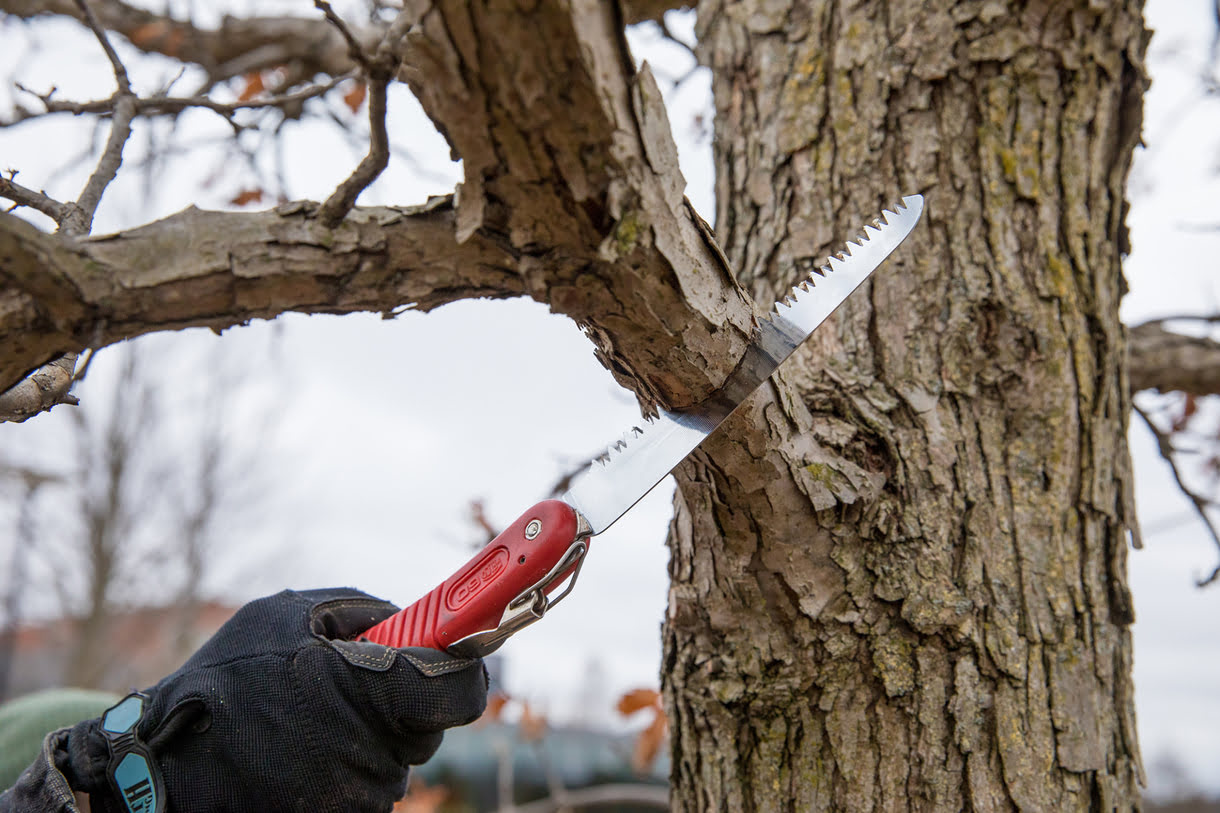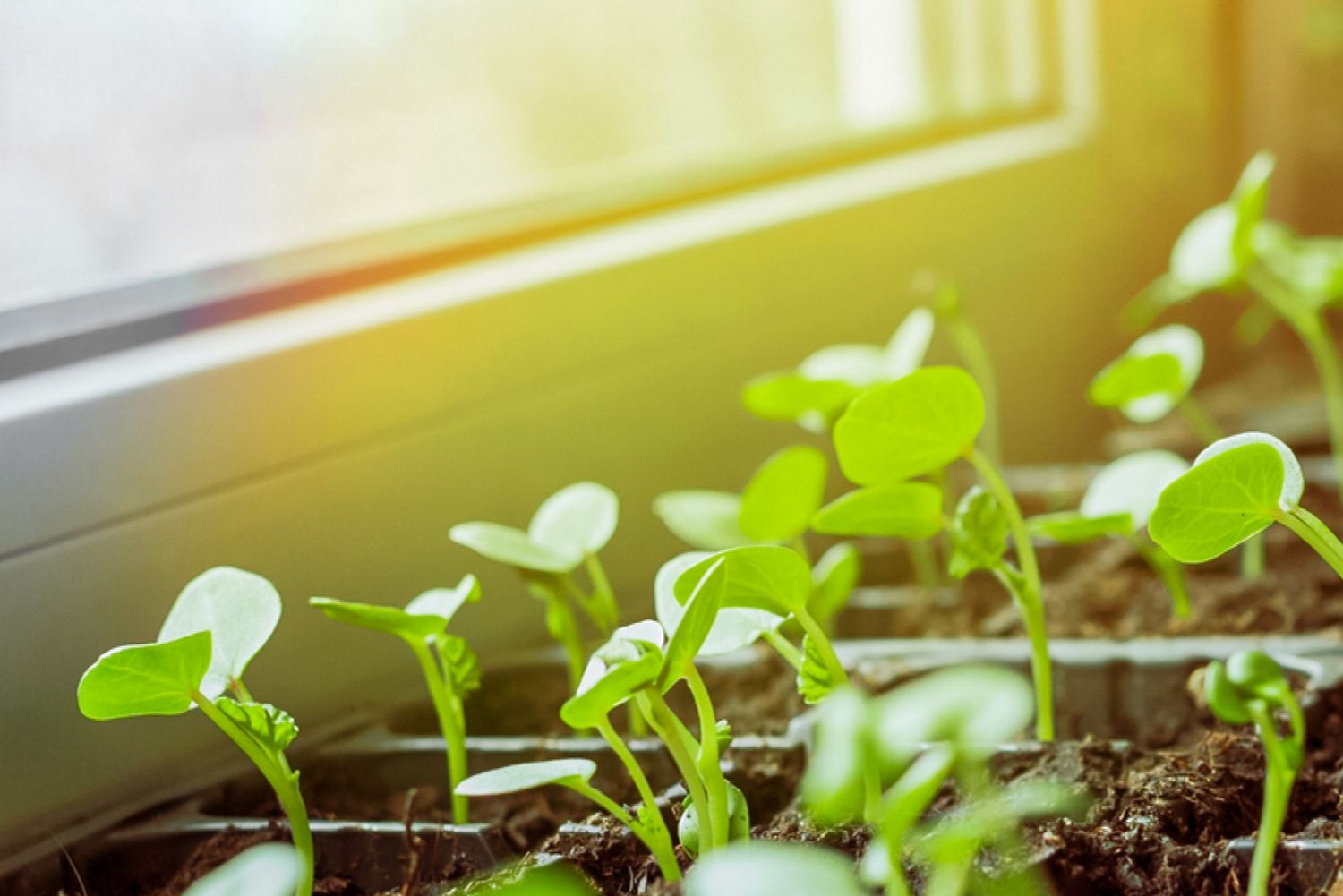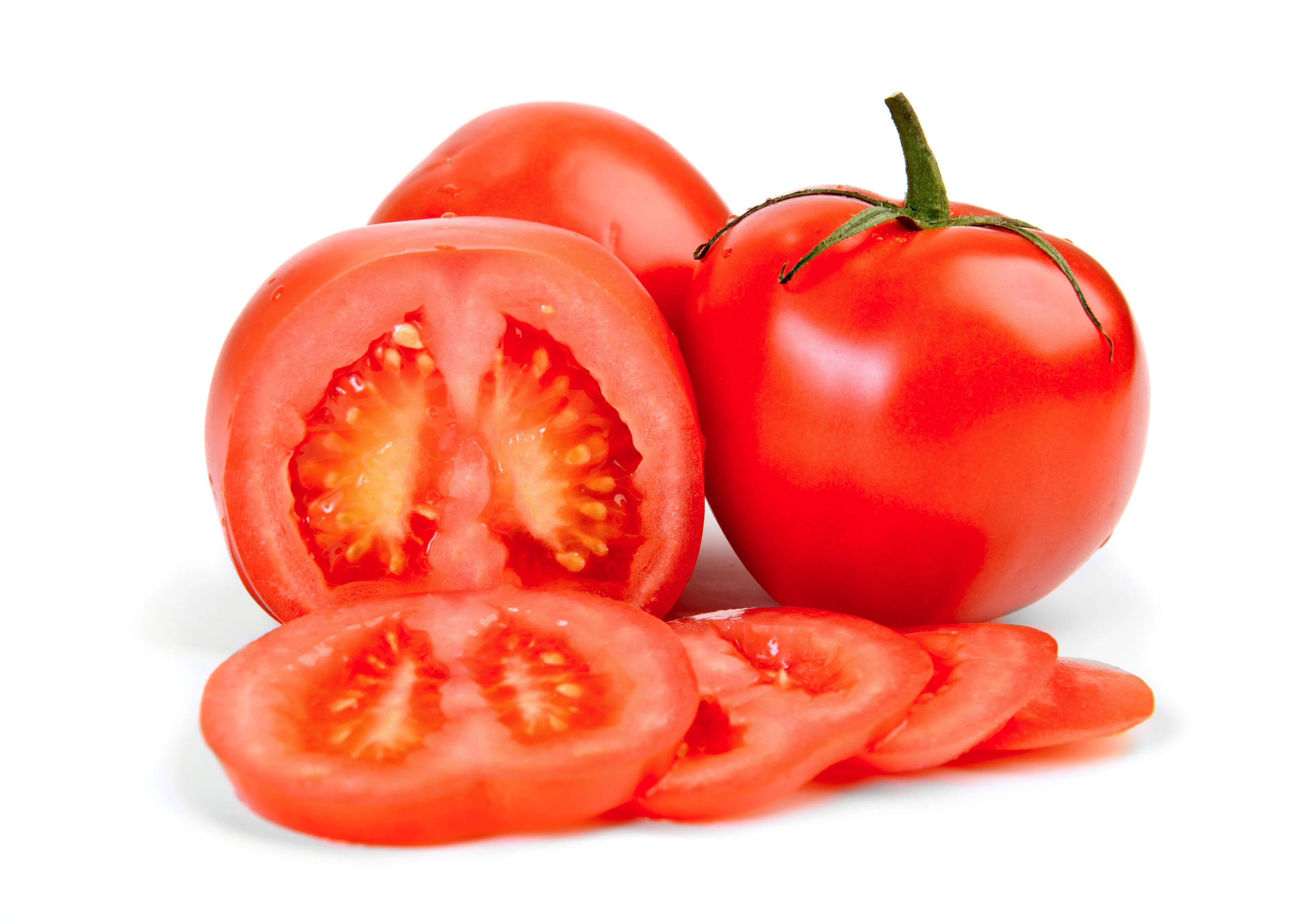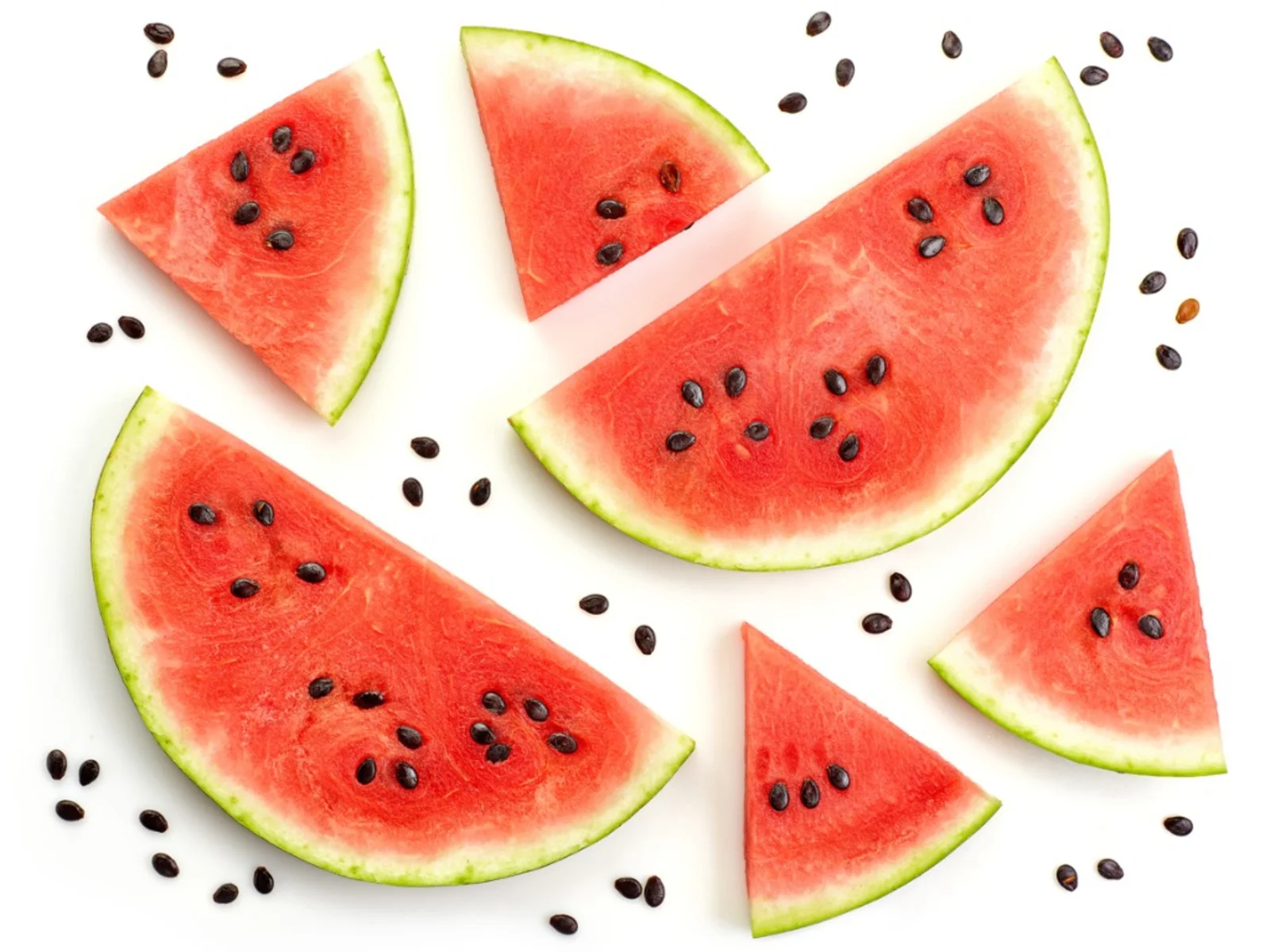Home>Types of Gardening>Ornamental Gardening>Should You Fertilize Orchids When They Are Blooming


Ornamental Gardening
Should You Fertilize Orchids When They Are Blooming
Modified: January 22, 2024
Discover if it's beneficial to fertilize orchids during their blooming stage and gain insights into ornamental gardening techniques for successful bloom care.
(Many of the links in this article redirect to a specific reviewed product. Your purchase of these products through affiliate links helps to generate commission for Chicagolandgardening.com, at no extra cost. Learn more)
Table of Contents
- Introduction
- Understanding Orchid Blooming
- The Importance of Fertilizing Orchids
- Factors to Consider Before Fertilizing Orchids
- Pros and Cons of Fertilizing Orchids During Blooming
- Best Practices for Fertilizing Orchids When They Are Blooming
- Alternative Approaches to Orchid Fertilization During Bloom
- Conclusion
Introduction
Welcome to the enchanting world of ornamental gardening! If you have a passion for beautiful and vibrant flowers, then ornamental gardening is the perfect journey for you. One of the most exquisite and sought-after flowers in this realm is the orchid. With their delicate petals and mesmerizing colors, orchids have captivated the hearts of gardening enthusiasts for centuries.
However, cultivating orchids can be a challenging endeavor, as they require specific care and nourishment for optimal growth and blooming. One commonly asked question among orchid enthusiasts is whether or not to fertilize their orchids when they are blooming.
In this article, we will delve into the intricacies of orchid blooming and the role fertilization plays in their vibrant display of colors. We will explore the importance of fertilizing orchids, discuss factors to consider before fertilization, weigh the pros and cons of fertilizing orchids during blooming, and provide best practices for fertilizing orchids when they are blooming.
So, if you’re ready to take your ornamental gardening skills to the next level and learn how to optimize the blooming potential of your orchids, let’s dive in!
Understanding Orchid Blooming
Before we discuss the intricacies of fertilizing orchids during their blooming period, it’s important to have a solid understanding of how orchid blooming works. Unlike many other flowering plants, orchids have a unique blooming cycle that is influenced by various factors.
First and foremost, orchids have different blooming seasons based on their specific species. Some orchids bloom once a year, while others have multiple blooming cycles throughout the year. Understanding the blooming season of your specific orchid is crucial in determining the appropriate time for fertilization.
Another important aspect to consider is the duration of the blooming period. Orchid blooms can last anywhere from a few days to several weeks, depending on the species. During this time, the orchid dedicates its energy towards producing and maintaining the floral display. It is during this period that the orchid requires additional nutrients to support its blooming process.
Furthermore, orchids are known for their delicate growth patterns and their reliance on fine-tuned environmental conditions. Factors such as temperature, humidity, and light intensity can greatly influence the bloom cycle of an orchid. It is essential to provide the optimal environmental conditions to ensure healthy and vibrant blooms.
Therefore, understanding the unique blooming patterns of orchids and the environmental factors that affect them is fundamental in determining the best approach to fertilizing these delicate plants.
The Importance of Fertilizing Orchids
Fertilization plays a vital role in the overall health and blooming potential of orchids. Orchids, like any other plants, require essential nutrients to thrive and produce stunning blooms. Fertilizers provide these necessary elements, ensuring that orchids have everything they need for healthy growth.
One of the key benefits of fertilizing orchids is the promotion of robust root development. Orchids have a unique root structure, consisting of aerial roots that absorb nutrients and moisture from the surrounding air. Fertilizers provide essential nutrients such as nitrogen, phosphorus, and potassium that are vital for root development, ensuring strong and healthy root systems.
In addition, fertilization contributes to the overall vigor and vitality of orchids. By providing the proper balance of nutrients, fertilizers enhance the plant’s ability to produce energy through photosynthesis and support the growth of leaves, stems, and blooms. This results in healthier plants with lush foliage and vibrant flowers.
Fertilizing orchids also helps to prevent nutrient deficiencies. Certain minerals and trace elements are essential for orchid growth, and a lack of these nutrients can lead to stunted growth, yellowing leaves, and reduced blooming. Fertilizers supply these vital elements, preventing deficiencies and ensuring that orchids remain healthy and vibrant.
Furthermore, fertilization can stimulate bud development and promote better blooming. By providing the necessary nutrients in the right proportions, fertilizers support the reproductive processes of the orchid, resulting in larger and more abundant blooms.
Overall, fertilizing orchids is critical for their overall health, growth, and blooming. It supplies the necessary nutrients for robust root development, promotes vigor and vitality, prevents nutrient deficiencies, and enhances blooming potential. By incorporating fertilization into your orchid care routine, you can enjoy the true beauty and splendor that these exquisite flowers have to offer.
Factors to Consider Before Fertilizing Orchids
Before you start fertilizing your orchids, there are several key factors to consider that will help you determine the best approach for your specific plants. These factors include the type of orchid, its current health and condition, the growth medium being used, and the environmental conditions in which the orchid is being cultivated.
The type of orchid plays a crucial role in determining its specific fertilization requirements. Different orchid species have varying nutritional needs, and it is essential to research and understand the specific needs of your orchid. For instance, some orchids are epiphytic and thrive in a bark-based growing medium, while others are terrestrial and prefer a soil-based medium. This distinction affects the type and frequency of fertilization required.
The health and condition of your orchid also determine its fertilization needs. If your orchid is weak or struggling, it may not be able to absorb nutrients effectively. In such cases, it is best to focus on improving its overall health before applying fertilizers. On the other hand, if your orchid is healthy and actively growing, it may benefit from regular and balanced fertilization to support its growth and blooming process.
The choice of growth medium is another important consideration. Different growing media have different nutrient retention capabilities and may require more or less frequent fertilization. For instance, orchids grown in bark-based mixes typically require more frequent fertilization since the bark breaks down over time, depleting the nutrients available to the plants.
Additionally, environmental conditions play a significant role in determining the frequency and intensity of fertilization. Factors such as temperature, humidity, and light levels affect how quickly the orchid metabolizes nutrients and how often fertilization should occur. Generally, orchids tend to require more frequent fertilization in warmer and higher light conditions as they grow and bloom more actively during those periods.
By carefully considering these factors, you can tailor your fertilization approach to best meet the needs of your orchids, ultimately promoting their health and boosting their blooming potential.
Pros and Cons of Fertilizing Orchids During Blooming
When it comes to fertilizing orchids during their blooming period, there are both advantages and disadvantages to consider. Understanding these pros and cons will help you make an informed decision about whether or not to fertilize your orchids during this critical stage of growth.
One of the main advantages of fertilizing orchids during blooming is that it provides the necessary nutrients to support the energy-intensive process of flower production. Blooming requires a significant amount of energy, and supplying additional nutrients through fertilization can help ensure that the orchid has access to all the resources it needs to produce vibrant and long-lasting flowers.
Furthermore, fertilizing orchids during blooming can help extend the duration of the flowering period. By providing adequate nutrients, the orchid can maintain the health and vitality of its blooms for a longer period, allowing you to enjoy their beauty for an extended time.
On the other hand, there are some potential drawbacks to consider as well. Over-fertilization during blooming can lead to excessive vegetative growth at the expense of flower production. This can result in a decrease in the number or quality of blooms. It is important to strike a balance and avoid over-fertilizing your orchids during this time.
An additional consideration is the risk of fertilizer burn. Orchids are sensitive to concentrated levels of fertilizers, and if not properly diluted or applied, the roots or foliage can become damaged. This can have a detrimental impact on the overall health and blooming of the orchid. It is crucial to follow the manufacturer’s instructions and dilute the fertilizer appropriately to minimize the risk of fertilizer burn.
Lastly, some orchid enthusiasts prefer to avoid fertilizing during blooming to allow the plant’s natural processes to unfold without interference. They believe that the orchid will utilize its stored nutrients and energy reserves to produce blossoms without the need for additional fertilization. This approach aligns with a more hands-off, naturalistic approach to orchid care.
Ultimately, the decision to fertilize orchids during blooming depends on various factors such as the health of the plant, its specific nutrient needs, and personal preferences. It is important to carefully consider these pros and cons and evaluate the individual requirements of your orchids before deciding on the best course of action.
Best Practices for Fertilizing Orchids When They Are Blooming
Proper fertilization techniques are crucial to ensure the health and vitality of orchids during their blooming period. By following these best practices, you can optimize the nutrition of your orchids and enhance their blooming potential:
1. Use a balanced fertilizer: Choose a fertilizer specifically formulated for orchids and labeled with a balanced ratio of major nutrients such as nitrogen (N), phosphorus (P), and potassium (K). This balanced approach ensures that the orchid receives all the necessary nutrients in the right proportions.
2. Dilute the fertilizer: Orchids are sensitive to concentrated levels of fertilizer, so it is important to dilute the fertilizer according to the instructions provided by the manufacturer. This helps prevent fertilizer burn and ensures that the orchid receives a mild and gentle dose of nutrients.
3. Apply fertilizer sparingly: During the blooming period, it is recommended to apply fertilizer at a reduced frequency and strength. This allows the orchid to focus its energy on producing flowers while still receiving the essential nutrients it needs. Aim for a dilution of around 50% of the recommended strength, and apply every third or fourth watering.
4. Water before fertilizing: Prior to applying fertilizer, thoroughly water the orchid to ensure that the growing medium is moist. This helps prevent the roots from absorbing excessive amounts of fertilizer and reduces the risk of fertilizer burn.
5. Apply fertilizer to the roots: When fertilizing orchids, it is best to apply the fertilizer directly to the roots rather than spraying it onto the leaves or flowers. This allows the roots to absorb the nutrients more effectively and minimizes the risk of leaf or flower damage.
6. Flush the growing medium periodically: To prevent the buildup of excess salts from fertilizers, it is important to flush the growing medium periodically. This can be done by running water through the potting medium until it drains freely from the bottom. Flushing helps remove any accumulated salts and promotes healthier root growth.
Remember that each orchid is unique, and it may require slight adjustments to the fertilization practices based on its specific needs and growing conditions. Regular observation and assessment of the orchid’s growth and response to fertilization will help determine the ideal approach for each individual plant.
By following these best practices, you can provide your orchids with the essential nutrients they need during their blooming period, promoting vibrant and long-lasting flowers that will delight both you and your guests.
Alternative Approaches to Orchid Fertilization During Bloom
While conventional fertilization methods are widely used and effective, there are alternative approaches to consider when fertilizing orchids during their blooming period. These alternative methods provide additional options for orchid enthusiasts who prefer a more natural or organic approach to care for their plants.
1. Organic fertilizers: Instead of using commercially manufactured synthetic fertilizers, some orchid enthusiasts opt for organic alternatives. Organic fertilizers, such as compost, worm castings, or fish emulsion, provide a more natural source of nutrients for orchids. They can be applied in a diluted form during blooming to supply the necessary nutrients gently.
2. Foliar feeding: Foliar feeding involves spraying nutrients directly onto the orchid’s leaves. This method allows the orchid to absorb nutrients through its foliage, bypassing the root system. Foliar feeding can be done with a diluted organic fertilizer or a specially formulated foliar spray high in nutrients. It can be an effective way to provide immediate nutrients during the blooming period.
3. Slow-release fertilizers: Slow-release fertilizers come in granular or pellet form and gradually release nutrients over an extended period. These fertilizers can provide a steady supply of nutrients to the orchids during their blooming period. Slow-release fertilizers are applied directly to the growing medium, and they slowly dissolve with each watering, ensuring a continuous nutrient supply.
4. Nutrient-rich growing medium: Another alternative approach is to use a nutrient-rich growing medium that gradually releases nutrients to the orchids. These specialty orchid growing mediums are pre-mixed with organic materials and slow-release fertilizers, providing a balanced nutrient supply throughout the blooming period. Using a nutrient-rich growing medium eliminates the need for frequent fertilization.
5. Natural supplements: Some orchid enthusiasts swear by the use of natural supplements in addition to regular fertilization. Supplements such as seaweed extract, Epsom salt, or banana peels can be used to boost the overall health and blooming potential of orchids during their flowering stage. These natural additives are usually applied in small quantities and can enhance the orchid’s nutrient uptake and overall vitality.
It is important to note that while alternative approaches to orchid fertilization can be beneficial, they may require additional research and experimentation to find the best fit for your specific orchids and growing conditions. Every orchid is unique, and what works for one may not work for another.
By exploring these alternative approaches and finding the one that aligns with your preferences and goals, you can customize your orchid care routine while still providing the essential nutrients needed for optimal blooming.
Conclusion
Cultivating orchids is a rewarding and fascinating journey in the world of ornamental gardening. Understanding the unique blooming patterns and care requirements of orchids is essential for their optimal growth and blooming potential. Fertilization plays a crucial role in providing the necessary nutrients for root development, overall plant vigor, and promoting vibrant blooms.
Before fertilizing orchids, factors such as the type of orchid, its current health, the growth medium used, and environmental conditions should be considered. These considerations will help determine the most suitable fertilization approach for your orchids.
While fertilizing orchids during their blooming period can provide significant advantages, such as supporting the energy-intensive flower production and extending the duration of the bloom, it is essential to be mindful of the potential drawbacks, such as over-fertilization and the risk of fertilizer burn.
By following best practices for fertilizing orchids during blooming, such as using a balanced fertilizer, diluting it appropriately, and applying it sparingly to the roots, you can enhance the health and vitality of your orchids during this critical stage of growth.
Alternatively, you may explore alternative approaches, such as organic fertilizers, foliar feeding, slow-release fertilizers, nutrient-rich growing mediums, or natural supplements, to cater to your preferences and to provide a more natural or organic care regimen for your orchids during blooming.
In conclusion, fertilizing orchids during their blooming period requires careful consideration and an understanding of the individual needs of your orchids. By applying the right fertilization techniques and approaches, you can ensure that your orchids thrive, produce stunning blooms, and bring joy and beauty to your ornamental garden.








